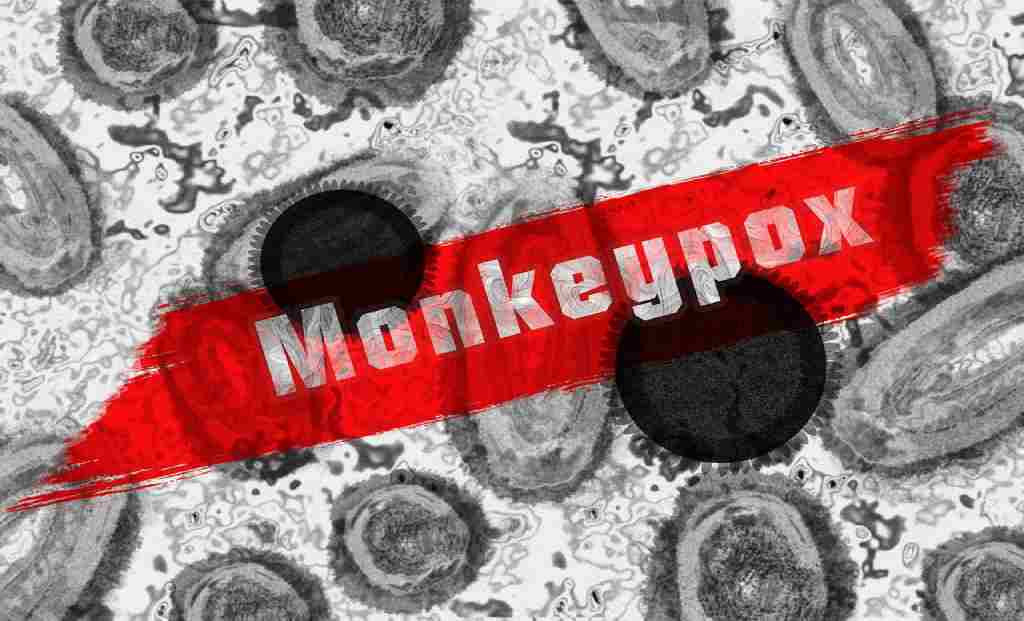Patients in UK monkeypox outbreak exhibit distinct symptom patterns, highlighting the need for revised case definitions and increased support for sexual health clinics
A study published in The Lancet Infectious Diseases journal has uncovered significant differences in the symptoms exhibited by monkeypox patients in the UK compared to previous outbreaks worldwide. The research focused on 54 patients who sought treatment at sexual health clinics in London during a 12-day period in May of this year.
The findings indicate that this specific group of patients displayed a higher prevalence of skin lesions in the genital and anal areas, while experiencing a lower incidence of tiredness and fever compared to cases from previous monkeypox outbreaks. These divergent symptom patterns prompt the researchers to suggest a review of current case definitions for identifying monkeypox cases.
Additionally, the study predicts an increased likelihood of encountering more monkeypox cases in sexual health clinics due to the elevated prevalence of genital skin lesions and the concurrent presence of sexually transmitted infections. Consequently, the researchers emphasize the necessity for additional resources to support these clinics in effectively managing and treating this condition.
Nicolo Girometti from the Chelsea & Westminster Hospital NHS Foundation Trust states, “Currently, the UK and several other countries are seeing a rapid increase in monkeypox cases among individuals attending sexual health clinics, with no apparent links to countries where the disease is endemic.” Girometti adds, “Our study, the first to publish on cases from this UK outbreak, will support future case finding and clinical care.”
The study gathered data from monkeypox patients attending four sexual health centers in London, UK. Confirmed cases were determined based on laboratory-confirmed infection using a RT-PCR test. The researchers collected information regarding the patients’ travel history, sexual activity, and clinical symptoms. Patients diagnosed with monkeypox were advised on isolation measures and underwent regular telephone welfare checks.
Researchers anticipate additional monkeypox cases in sexual health clinics due to high prevalence of genital skin lesions and co-occurring sexually transmitted infections
The 54 patients observed in the study represent 60 percent of the reported monkeypox cases in the UK during the 12-day study period in May. Surprisingly, only two patients in the cohort had known contact with a confirmed case, and none reported travel to sub-Saharan Africa, which is typically associated with monkeypox. However, many patients had recently visited other European countries.
The study reveals that all patients were men who have sex with men, with a median age of 41. Approximately 90 percent of respondents reported having at least one new sexual partner in the three weeks preceding the onset of symptoms, and nearly all reported inconsistent condom use during this period. Furthermore, over half of the patients had more than five sexual partners in the 12 weeks prior to their monkeypox diagnosis.
While most patients experienced a mild illness and recovered while isolating at home, five individuals required hospital admission due to pain or infection of the skin lesions. These patients improved and were discharged with a median hospital stay of seven days.
Ruth Byrne from the Chelsea & Westminster Hospital NHS Foundation Trust explains, “The commonly observed symptom of skin lesions in the anal and penile areas, and the fact that a quarter of the patients tested positive for gonorrhea or chlamydia simultaneously with the monkeypox infection, suggests that transmission of the monkeypox virus in this cohort is occurring through close skin-to-skin contact, such as during sexual activity.”
The study highlights important differences in the clinical features of the UK monkeypox outbreak when compared to previous cases in other countries. The researchers note a lower proportion of patients experiencing weakness, tiredness, or fever, which were more commonly reported in earlier outbreaks. Additionally, 18 percent of patients did not report any early symptoms before the onset of skin lesions.











